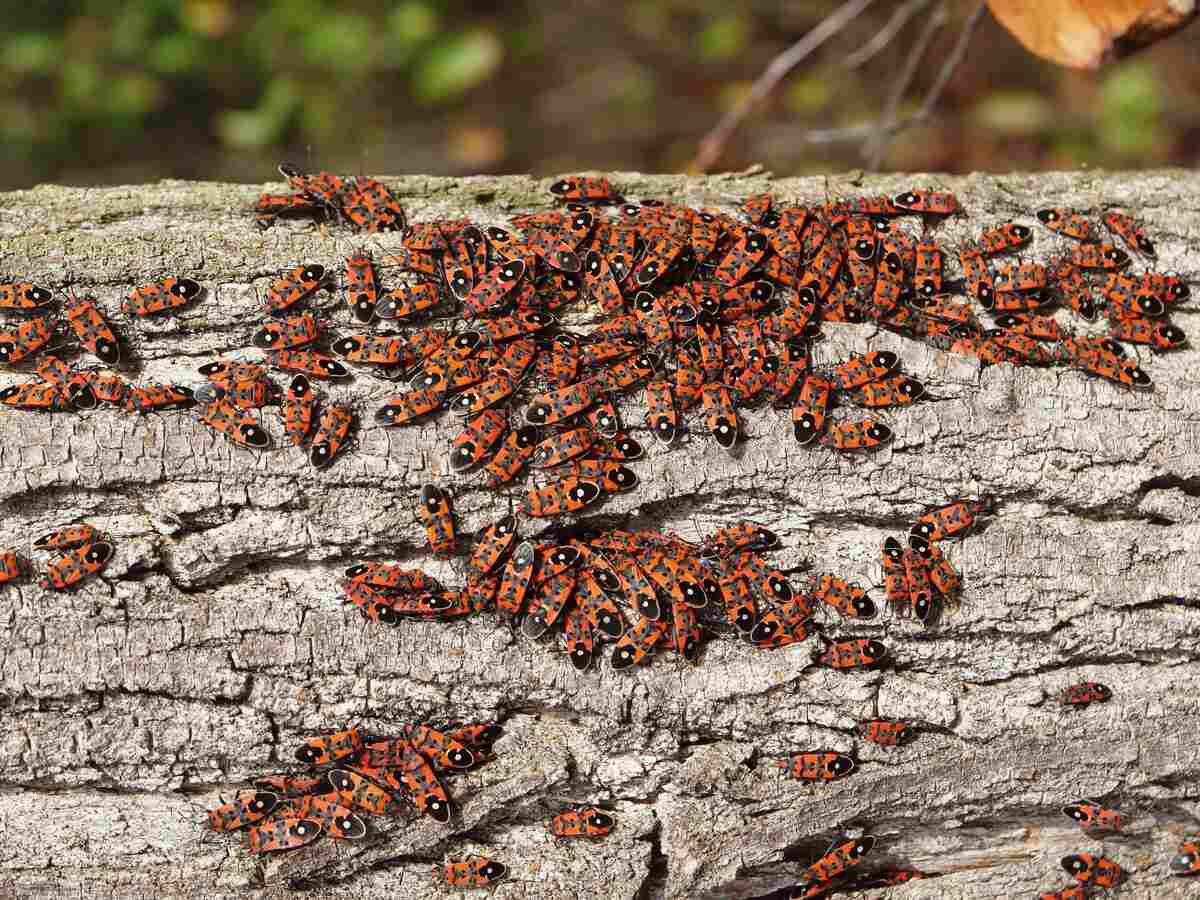
Your summer pool party can become a screamfest when chiggers and fire ants bite and sting your guests. And once that happens, who will return your invites next year? Learn about these 11 summer lawn pests and how to get rid of them so you can ensure safe outdoor get-togethers.
Not only can summer pests bite and sting you, but some will also ruin your lawn’s beauty. Don’t let your lawn be an eyesore, especially when party pictures are being snapped! Grab some sunscreen, slip on those work boots, and let’s get rid of those summer lawn pests.
- Summer Lawn Pests that Bite and Sting
- Summer Lawn Pests that Feast on Your Lawn
- 5. Chinch Bugs
- How to Get Rid of Chinch Bugs
- 6. Cutworms
- How to Get Rid of Cutworms
- 7. Fall Armyworms
- How to Get Rid of Fall Armyworms
- 8. Mole Crickets
- How to Get Rid of Mole Crickets
- 9. Two-Lined Spittlebugs
- How to Get Rid of Two-Lined Spittlebugs
- 10. White Grubs
- How to Get Rid of White Grubs
- 11. Wildlife
- How to Get Rid of Wildlife
- When to Hire a Professional
Summer Lawn Pests that Bite and Sting
1. Chiggers
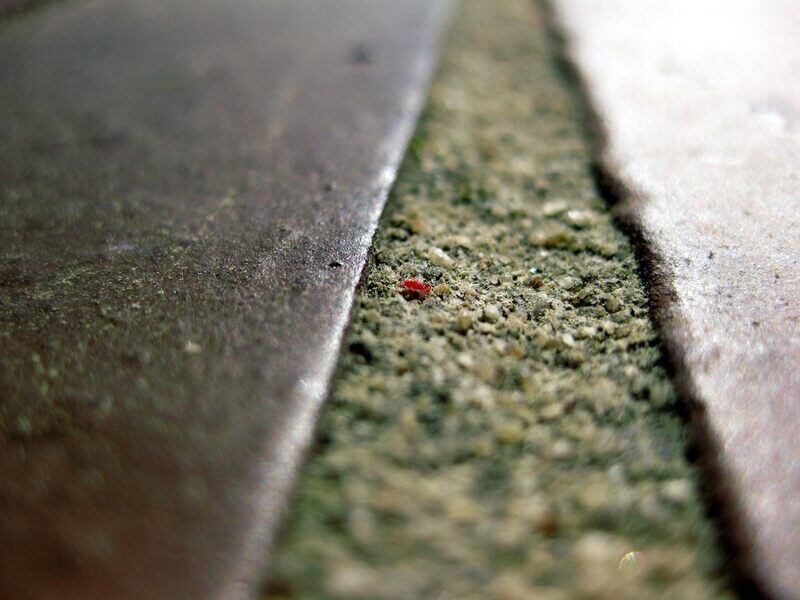
When a sunny afternoon on the grassy lawn turns into an itchy nightmare around your ankles, chiggers are likely infesting the grass. Chiggers are tiny, bright red mites that live in areas with low-growing shrubs, tall grass, and weeds.
Chiggers don’t burrow in skin or suck blood. Instead, they cling to their host, inject a digestive enzyme that dissolves the host’s tissues, and then slurp up the liquid tissue. Their bites leave red welts that can itch for days, sometimes weeks.
How to Get Rid of Chiggers
- Mow the grass short.
- Remove unnecessary shrubs and weeds.
- Treat infested areas with a pesticide.
- To repel chiggers, wear an insect repellent containing DEET.
2. Fire Ants
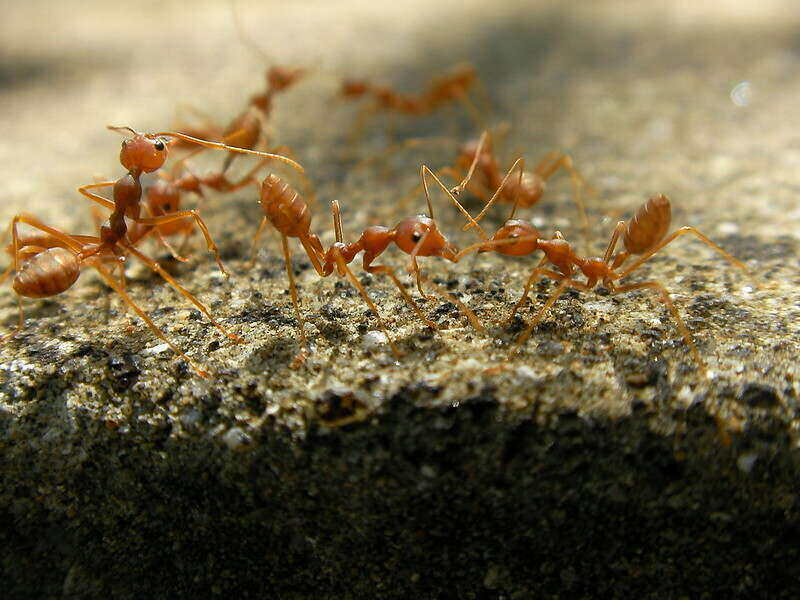
You can kiss your summer picnics goodbye when fire ants live in your yard. These aggressive ants explode from their nest in a fury to attack the perceived threat. Once they bite into your skin to secure themselves in place, they pierce you with their venomous sting.
Fire ant bites are painful, but they’re rarely fatal. Children and the elderly are more vulnerable to severe complications. Call 911 right away if someone has an allergic reaction to the venom.
Fire ants are also one of many types of ants that damage yards.
How to Get Rid of Fire Ants
- Hire a professional if the infestation is severe or if fire ants are nesting in electrical housing.
- Do the Texas Two-Step: The Texas AgriLife Extension Service recommends a two-step approach. Broadcast a bait insecticide across the yard and then treat individual mounds with a drench, bait, granule, or dust insecticide.
- Heat some water: Pouring approximately 3 gallons of very hot water (almost boiling) over the mounds will eliminate about 60% of the mounds treated.
3. Fleas
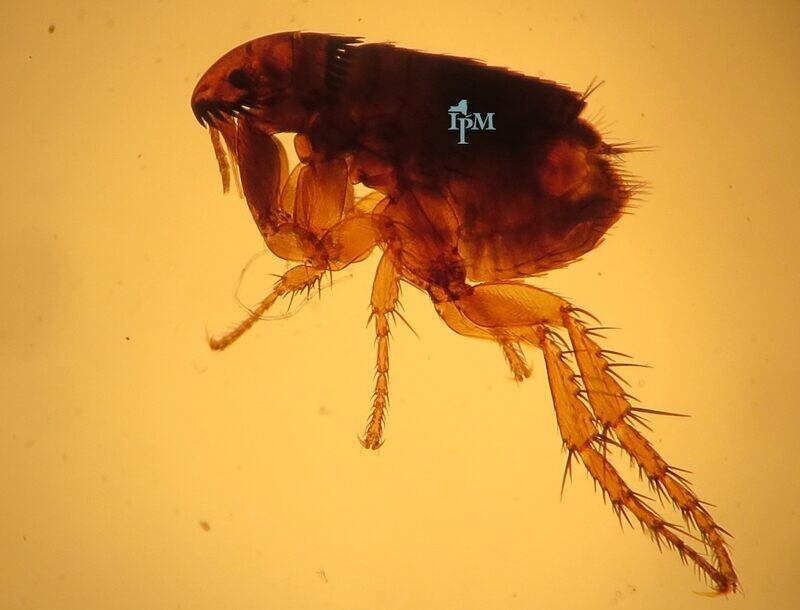
Is Fido itching and scratching when he plays in the yard? Fleas hiding in the grass might be biting his skin. Fleas are blood-sucking pests that can make your pet’s skin turn red, itchy, and flaky. Even worse, an infected flea can transmit a tapeworm to your pet if it accidentally swallows the bug while grooming.
How to Get Rid of Fleas
- Speak to a veterinarian about developing a treatment plan for your pet.
- Prevent wildlife from entering your lawn that may be carrying fleas, such as raccoons or skunks. Building a fence around your property and removing food sources is a great place to start.
- Apply pesticides to shaded areas where your pet likes to rest (fleas aren’t usually active in sunny areas). Ensure the pesticide is labeled for flea control.
4. Ticks
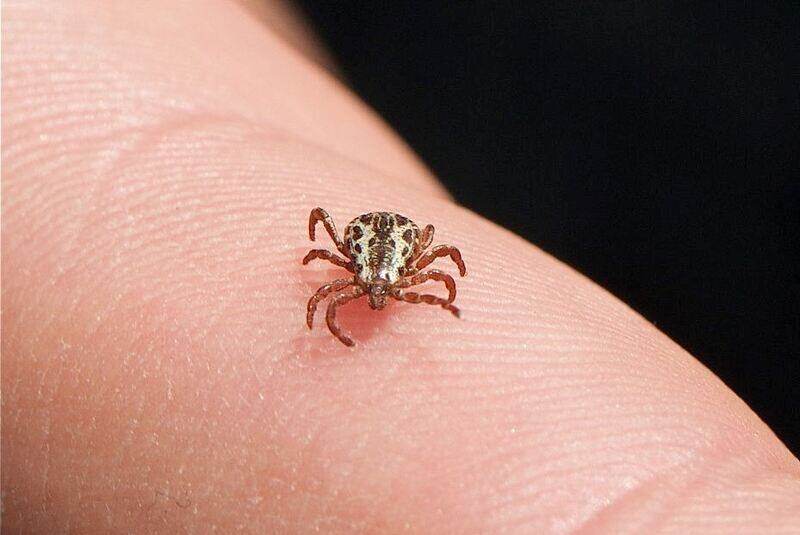
It’s not unusual to find a tick crawling through the yard’s bushes. But if these bloodsuckers attach to your skin every time you step outside, your lawn may have an infestation.
Ticks aren’t just a nuisance–– they’re dangerous too. Ticks are vectors for various diseases, including tularemia, canine tick paralysis, Rocky Mountain spotted fever, and Lyme disease.
How to Get Rid of Ticks
- Remove dense vegetation from the yard. Ticks climb the vegetation and wait patiently for humans and animals to pass by.
- Mow the grass short.
- Remove woodpiles and stone piles from the yard.
- Place tick tubes in areas where you suspect mice activity.
- Keep small critters and white-tailed deer off the lawn (they often carry ticks).
- Create a gravel or mulch barrier around areas you frequent, such as the patio, to prevent ticks from mobilizing.
- Spray acaricides in infested areas. Acaricides are a type of pesticide that kills arachnids.
Summer Lawn Pests that Feast on Your Lawn
5. Chinch Bugs
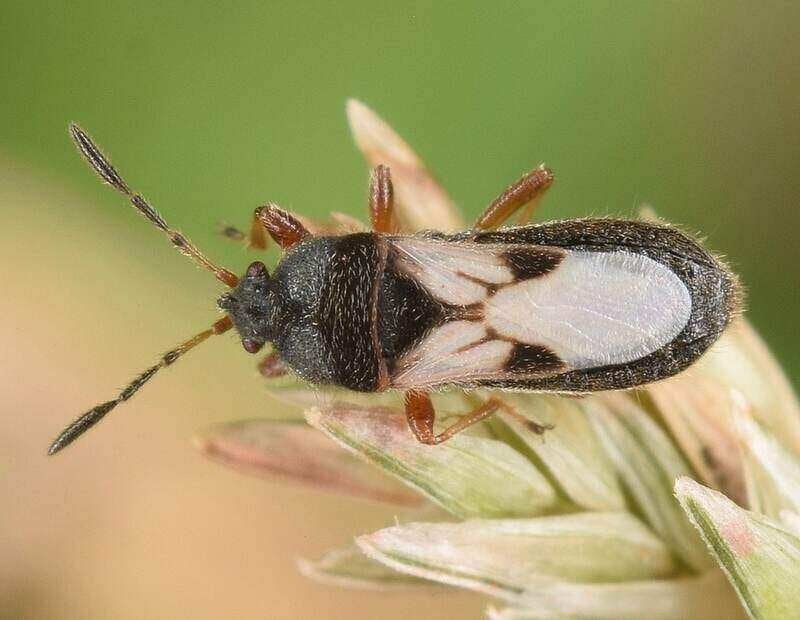
Does the lawn look like the summer sun burnt the grass to a crisp? Chinch bugs might be to blame. These common lawn pests have the power to turn your green lawn yellow by sucking out the turf’s juices and injecting a harmful toxin.
Chinch bugs are tiny, about one-fifth of an inch long, and they take cover between the grass blades. Adult chinch bugs are black with white markings on their wings, and baby chinch bugs are wingless with red or orange markings.
Does your lawn have chinch bugs? Here’s an easy way to check:
- Cut out both ends of a tin can.
- Firmly place one end of the can on the ground where you suspect chinch bugs are present.
- Fill the can with water and watch for chinch bugs floating to the top. You may need to wait 10 minutes before chinch bugs begin to float.
How to Get Rid of Chinch Bugs
- Remove excessive thatch (chinch bugs love to hide in thatch).
- Overseed your cool-season lawn with a grass variety resistant to chinch bugs, such as endophyte-enhanced fine fescue, perennial ryegrass, or tall fescue. For warm-season lawns, centipedegrass is the least susceptible to the southern chinch bug according to PestPro magazine.
- Use pesticides only as a last resort. Why? Because pesticides can kill the beneficial insects that help control chinch bugs. Chinch bugs are more likely to return to the lawn when their natural predators are eliminated.
6. Cutworms
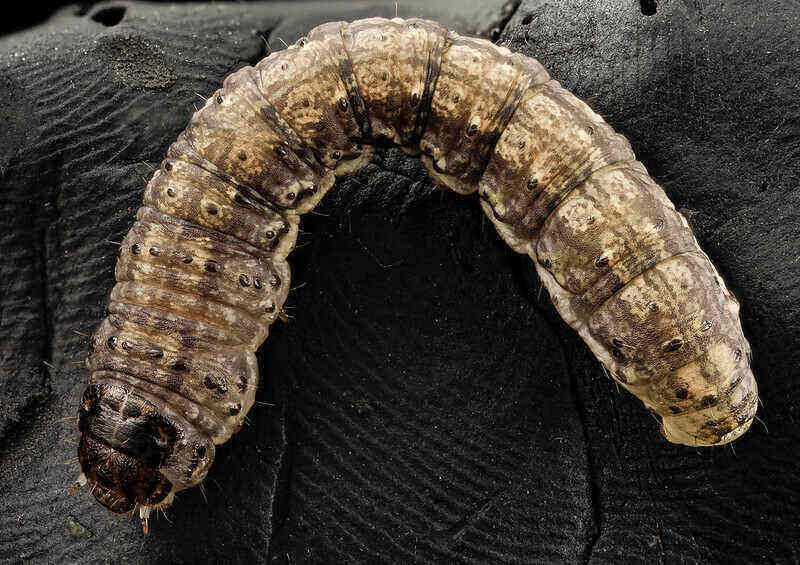
Did someone host a mini-golf tournament in the front yard? If your lawn has circular patches of dead grass with small burrow holes –– kind of like ball marks on putting greens –– then you might have a case of cutworms.
Cutworms are 2-inch long caterpillars that chew on the grass near the soil surface. They hide in your lawn’s thatch layer during the day and come out at night to nibble on the grass. Their damage and burrow holes are most noticeable when the grass is less than a half-inch tall.
How to Get Rid of Cutworms
Combine thatch removal with one of the following controls:
- Bacillus thuringiensis var. kurstaki is a bacterium that produces a toxin that paralyzes the cutworm’s gut and stops it from feeding.
- Steinernema carpocapsae is a nematode that penetrates the cutworm, introduces a bacterium, and causes an infection.
- Apply a chemical insecticide that targets cutworms. Read and follow all labeled instructions to ensure safety and effectiveness.
7. Fall Armyworms
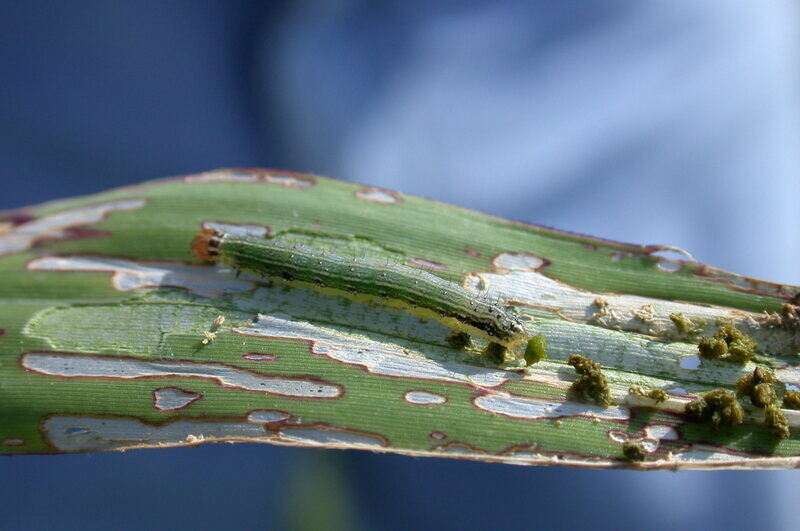
Fall armyworms won’t send out smoke signals before they damage your lawn. These common pests act fast, causing large patches of dead grass in late summer or early fall.
Unlike cutworms, which enjoy their snack at night, fall armyworms destroy your lawn in the daytime. These caterpillars grow up to 1 ½ inches long and have a light-colored ‘Y’ on their dark head.
How to Get Rid of Fall Armyworms
As long as you practice good lawn care, your grass can recover from a mild fall armyworm infestation. On the other hand, you may need the help of pesticides to battle a severe infestation.
8. Mole Crickets
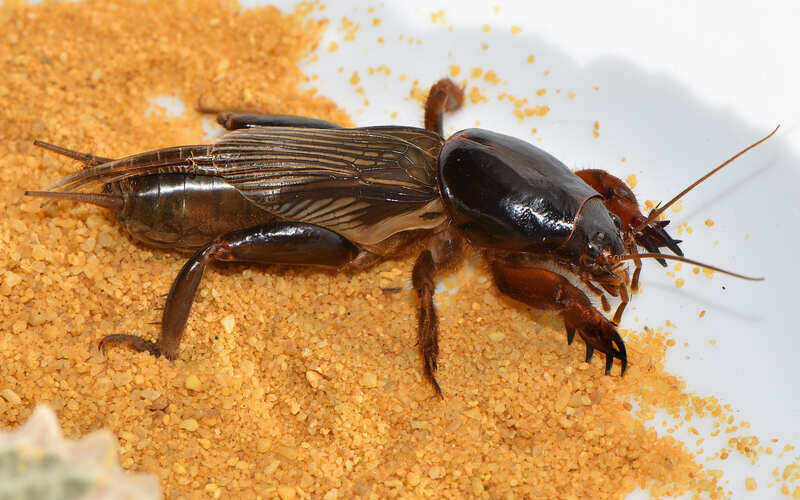
Mole crickets are a big problem for Florida and Georgia lawns. These cricket-like insects have two front legs shaped like mole claws (hence their gifted ability to dig underground tunnels).
These critters do most of their tunneling and flying at night. Mole cricket damage appears as dying grass on the lawn. If the lawn feels spongy underneath your feet, the mole crickets have separated the turf from the ground.
How to Get Rid of Mole Crickets
Pesticide options are available for mole cricket control. For an eco-friendly approach, consider biological control. While biological control rarely completely removes mole crickets from the yard, it can help reduce their damage to the lawn.
- Invite the Larra Wasp (Larra bicolor) to your yard by planting shrubby false buttonweed (Spermacoce verticillata), partridge pea (Chamaecrista fasciculata), or Egyptian star flower (white) (Pentas lanceolata). The wasp is a natural enemy of the cricket. Each generation of Larra wasps kills approximately one-quarter of the local mole cricket population.
- Release the parasitic nematode Steinernema scapterisci. It infiltrates the mole cricket’s body, releases a bacterium that kills the cricket, and reproduces inside the host.
9. Two-Lined Spittlebugs
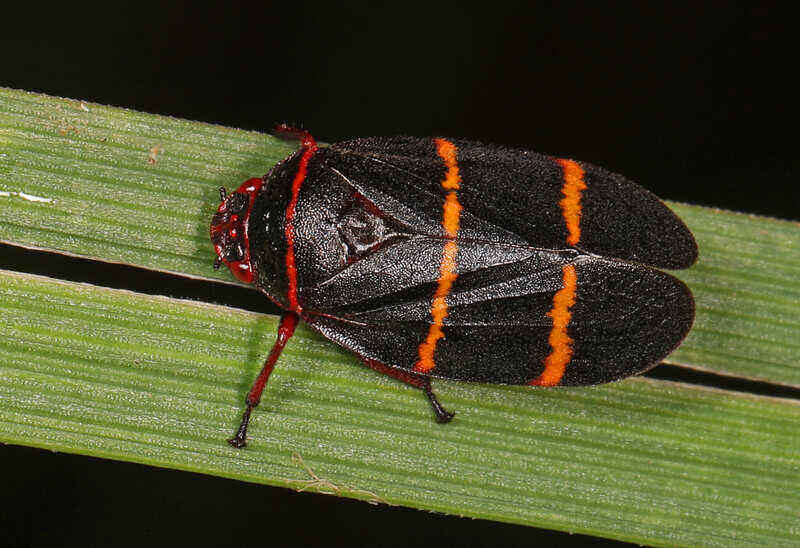
Did someone spill soap bubbles on the lawn? Either that or the two-lined spittlebug has moved into the yard. The yellowish-green nymph protects itself in a mass of secreted spittle, which can look like spit or tiny soap bubbles between the grass blades.
But foamy spittle isn’t the only damage these bugs cause. They suck out the grass’s juices, particularly in centipedegrass. If the infestation is severe, the grass turns yellow or brown and eventually dies. Damage can also appear as a white or purple stripe running down the grass blade.
How to Get Rid of Two-Lined Spittlebugs
- The best way to help your lawn tolerate spittlebug damage is to perform good lawn care.
- Insecticides are available for spittlebug control, but you must combine them with good lawn care. Why? Because the spittle produced by the nymphs may reduce the effectiveness of insecticides.
10. White Grubs
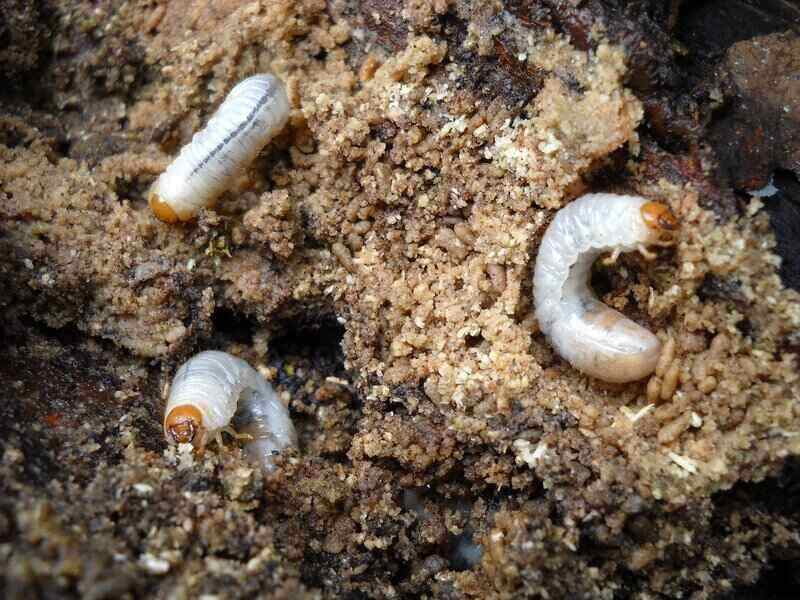
Don’t let a dying lawn photobomb your summer snapshots. A white grub infestation can destroy the lawn’s grass and soil, making the once green carpet appear to be melting in the sun. If your lawn has brown spots or brown patches, it might be suffering from white grubs.
“White grub” is the general term for the larval stage of scarab beetles, including billbugs, chafer beetles, June beetles, Japanese beetles, and May beetles.
Lawn grubs live underneath the soil surface, resting in a curled C-shape. They grow up to 0.5 to 2 inches long as they feed on the grass roots.
Curious if your lawn has white grubs? Grab a shovel and cut three sides of a square foot in the ground. If the flap lifts easily off the ground, that’s a sign that white grubs may have severed the roots. In some cases, you might see the grubs resting in the soil.
How to Get Rid of White Grubs
- Apply a curative pesticide in late summer after the eggs have hatched. Grubs become harder to control the larger they become, so you’ll want to target them as soon as possible. Always read and follow the labeled instructions to ensure safe and timely application.
- Beneficial nematodes are available for white grub control. However, this natural method may prove difficult. Correctly identifying the white grub species is necessary for effective management, as different nematode species attack different grub species.
11. Wildlife
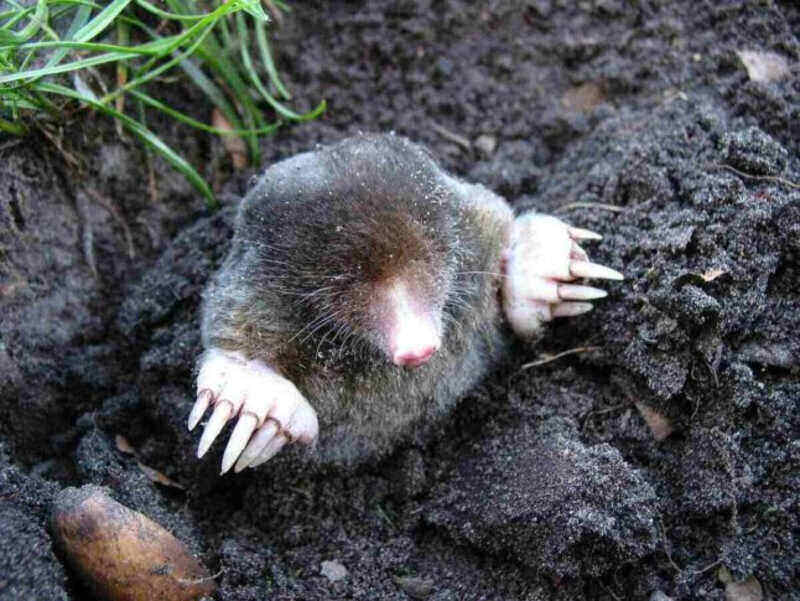
Lawn insects and arachnids aren’t the only pests you need to watch out for. Mammals can also cause a ruckus on the lawn. Moles, voles, armadillos, gophers, groundhogs–– these furry critters can dig up your yard searching for food. Some even burrow underground, damage cables, and make your lawn feel spongy underneath your feet.
For more on how to get rid of common lawn pests, check out our guides on each of these animals that can damage your yard:
Moles: How to Get Rid of Moles
Voles: How to Get Rid of Voles
Armadillos: How to Get Rid of Armadillos
Gophers: How to Get Rid of Gophers
Groundhogs: How to Get Rid of Groundhogs
How to Get Rid of Wildlife
Removal methods for nuisance wildlife vary depending on the animal visiting your yard. Check your local and state laws concerning restrictions and requirements for wildlife control.
If you suspect an animal in your yard has rabies, immediately bring pets and people indoors, call wildlife control, and alert the neighbors. Do not attempt to remove a rabid animal yourself.
When to Hire a Professional
Who wants to spend summer vacation chasing after pests on the lawn? Mowing the grass and spraying pesticides under the boiling sun sounds like a sweaty, laborious afternoon. Hire a local lawn care professional or pest exterminator who will remove the pests for you so you can prep the invites for your next pool party.
Main Image Credit: Pxhere / CC0 1.0